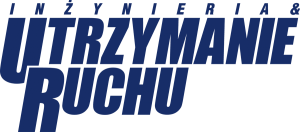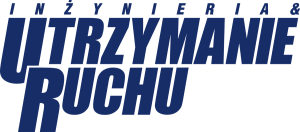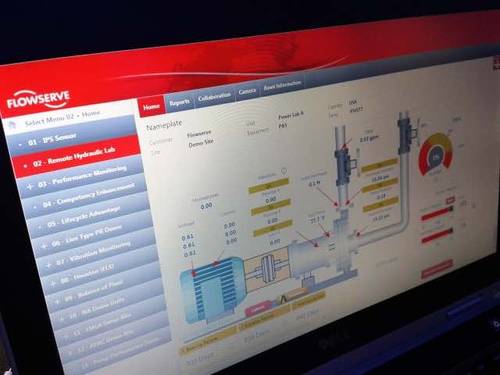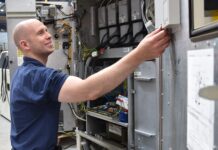Sensors on critical pumps can feed a system to help technicians or operators identify when failures are pending and improve energy efficiency. A major U.S. refinery will host a pilot pump diagnostic project, similar to an NIWeek 2016 stage demonstration held on Aug. 2. The Industrial Internet of Things (IIoT) demo highlighted collaboration among Flowserve, PTC ThingWorx, Hewlett Packard Enterprise, and National Instruments. It builds on a 2016 NIWeek augmented reality demo using a highly instrumented mountain bike.
The video presents a table view visualizes sensor readings to help with energy efficiency and predictive maintenance, according to Eric van Gemeren, vice president, research and development, Flowserve Corp.
Augmented reality monitoring of machine assets and predictive maintenance became reality in a NIWeek 2016 stage demonstration (see video), a collaborative effort of Flowserve, PTC ThingWorx, Hewlett Packard Enterprise, and National instruments. A Control Engineering video clip from NIWeek 2016 showed how sensors on a mountain bike might be adapted for machine maintenance. This pump demo starts at a U.S. refinery in a few weeks and is on its way to commercialization, according to Eric van Gemeren, Flowserve Corp., vice president, research and development.
Commercialization expected soon

Flowserve hopes to offer the product commercially „in the very near future, as soon as humanly possible,” he told Control Engineering, since customer profits are directly proportional to uptime.
Eric Starkloff, National Instruments, executive vice president, global sales and marketing, noted that this Industrial Internet of Things (IIoT) demo and resulting product are a convergence of technologies aimed at digitizing the world, creating opportunities and disruptions. The Flowserve demo could produce an estimated $20 billion potential savings in downtime for the applications the company serves, Starkloff said.
This year’s industrialization of the demo expands beyond sensor readings, offering tablet computer comparisons to standard operating ranges, appropriate setpoints, and a time-to-fail estimate for critical components. It also tells where the pump is operating within its design limits and how close it is to its best efficiency point, which improves energy efficiency. Also shown was how computer-aided design (CAD) drawings might help guide a technician about how to perform maintenance, such as replacing an impeller, predicted to fail in 5 days under current conditions, for instance.
Integrated machine diagnostics

Integrated technologies—mobile human-machine interface (HMI), wireless communications, predictive maintenance, database and cloud coordination, sensors, controllers, and a virtual instrumentation platform—respond to the need to replace the rapidly retiring baby-boom generation of engineering, operations, and technical experts with domain knowledge. Long-time experts may, if in the right place at the right time, hear or feel when certain assets might fail before they do.
While this is a simple industrial pump demo with stage-sized components, van Gemeren said the system is highly scalable, giving end users an unprecedented view of what’s going on inside machines. The system generates data and turns it into information that’s intuitive, allowing a technician to easily understand and diagnose without years of domain knowledge, van Gemeren suggested.
The PTC ThingWorx analytics capabilities extend beyond individual sensor readings to assess and compare patterns among multiple variables to discern if something is a problem or not.
Because a run-to-fail incident can cause unplanned downtime, an asset may be mistakenly shut down after a false positive without this type of visibility, van Gemeren said. Large asset pumps might be expected to operate without interruption for 5 years; any issues are best addressed during a scheduled 6-week maintenance period, with details of what needs to be done to deliver another 5 years of service.
Technologies used

The demo used five measurement modules, six types of measurements, and 13 measurement channels, covering power (voltage and current), temperature, pressure, flow, and vibration, including:
- Three accelerometers for vibration
- One thermocouple for temperature measurement of the seal
- Two pressure transducers for inlet and outlet pressure
- Three voltage measurements (3 phase power)
- Three current measurements (3 phase power)
- One flow measurement.
It uses a National Instruments CompactRIO with field-programmable gate arrays (FPGAs), NI LabVIEW software, mobile application software PTC ThingWorx, a tablet computer that reads a 2-D code to match to appropriate records and links to machine-learning capabilities, and Hewlett Packard Enterprise for edge computing. The system is scalable to hundreds of units, van Gemeren said. A later version might provide a view through a hands-free display, rather than a tablet, he added.
„Companies like Flowserve, NI, Hewlett Packard Enterprise, and PTC are collaborating today to … help the industry accelerate into the age of the Industrial IoT … and ultimately help customers tackle their toughest flow challenges,” van Gemeren told NI.
Mark T. Hoske, content manager, Control Engineering, CFE Media.






